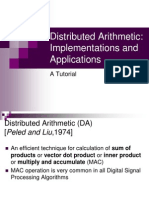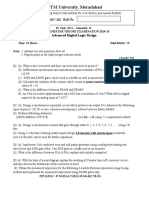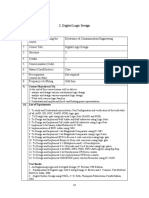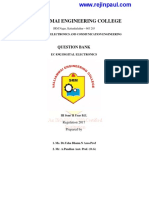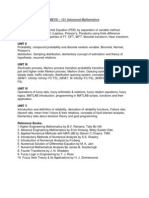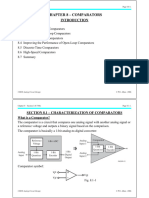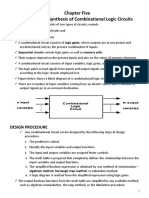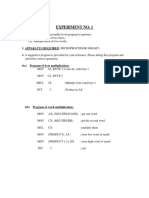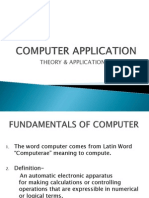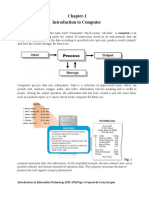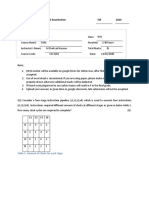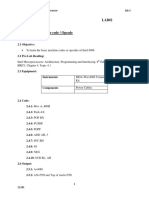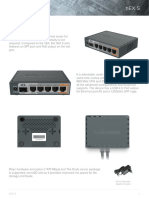0% found this document useful (0 votes)
303 views12 pagesSession - 20 21 - RAM Memory Decoding
This document covers the fundamentals of Random Access Memory (RAM) and memory decoding, emphasizing their importance in digital systems. It explains the operations of READ and WRITE cycles in RAM, the structure of memory cells, and the role of decoding circuits in selecting memory locations. The document also includes self-assessment questions and references for further learning.
Uploaded by
sairahuladabala123Copyright
© © All Rights Reserved
We take content rights seriously. If you suspect this is your content, claim it here.
Available Formats
Download as PDF, TXT or read online on Scribd
0% found this document useful (0 votes)
303 views12 pagesSession - 20 21 - RAM Memory Decoding
This document covers the fundamentals of Random Access Memory (RAM) and memory decoding, emphasizing their importance in digital systems. It explains the operations of READ and WRITE cycles in RAM, the structure of memory cells, and the role of decoding circuits in selecting memory locations. The document also includes self-assessment questions and references for further learning.
Uploaded by
sairahuladabala123Copyright
© © All Rights Reserved
We take content rights seriously. If you suspect this is your content, claim it here.
Available Formats
Download as PDF, TXT or read online on Scribd
/ 12



